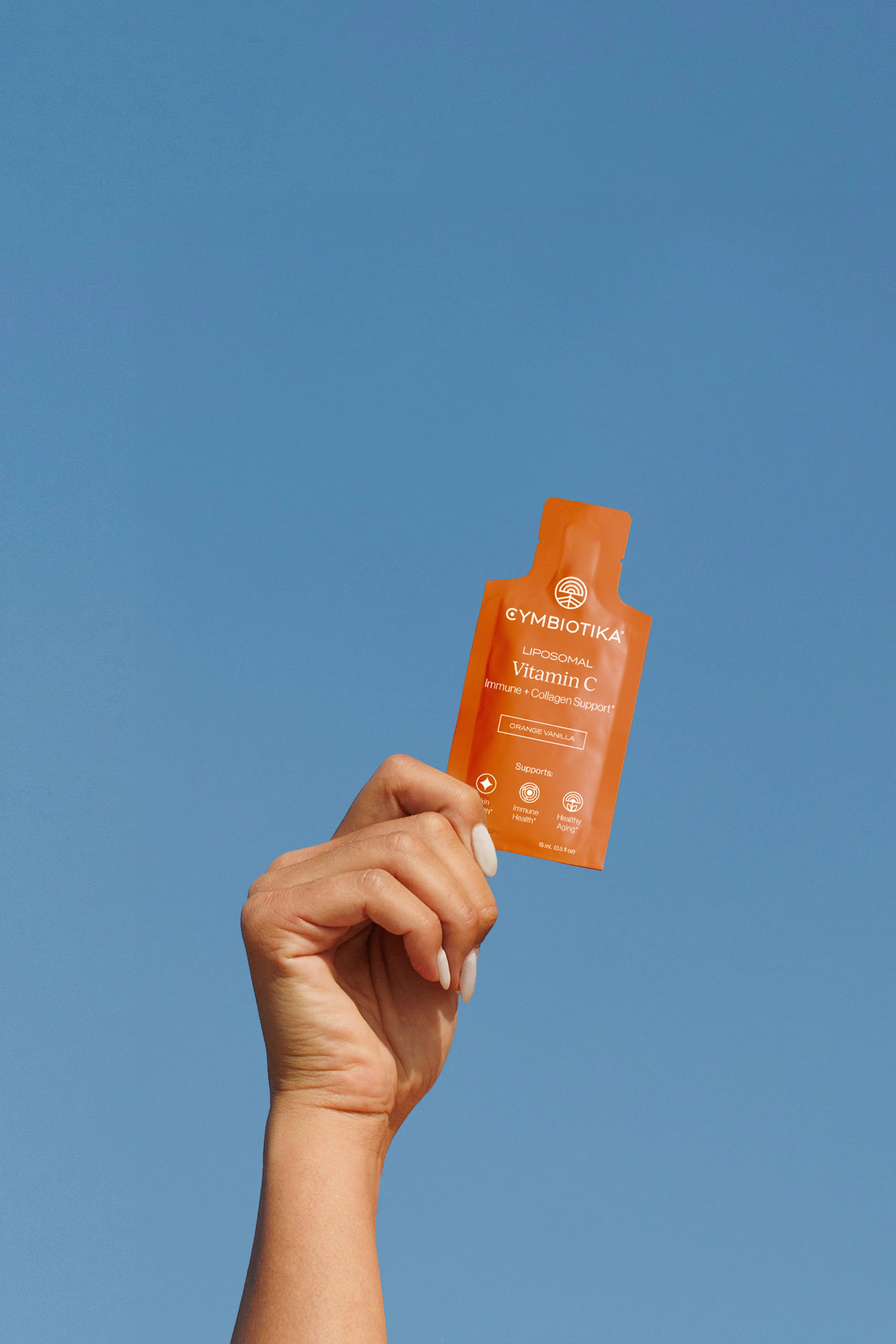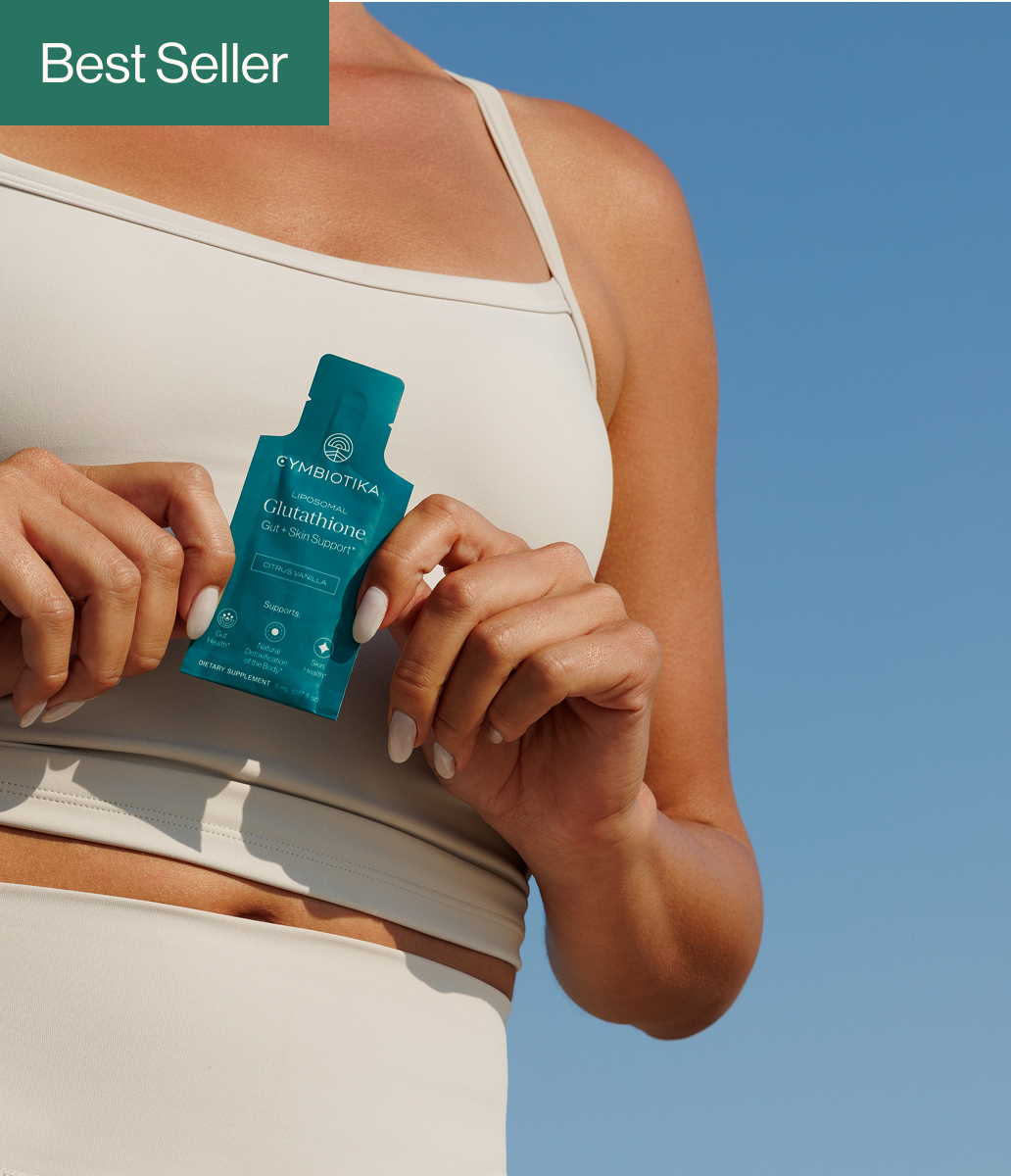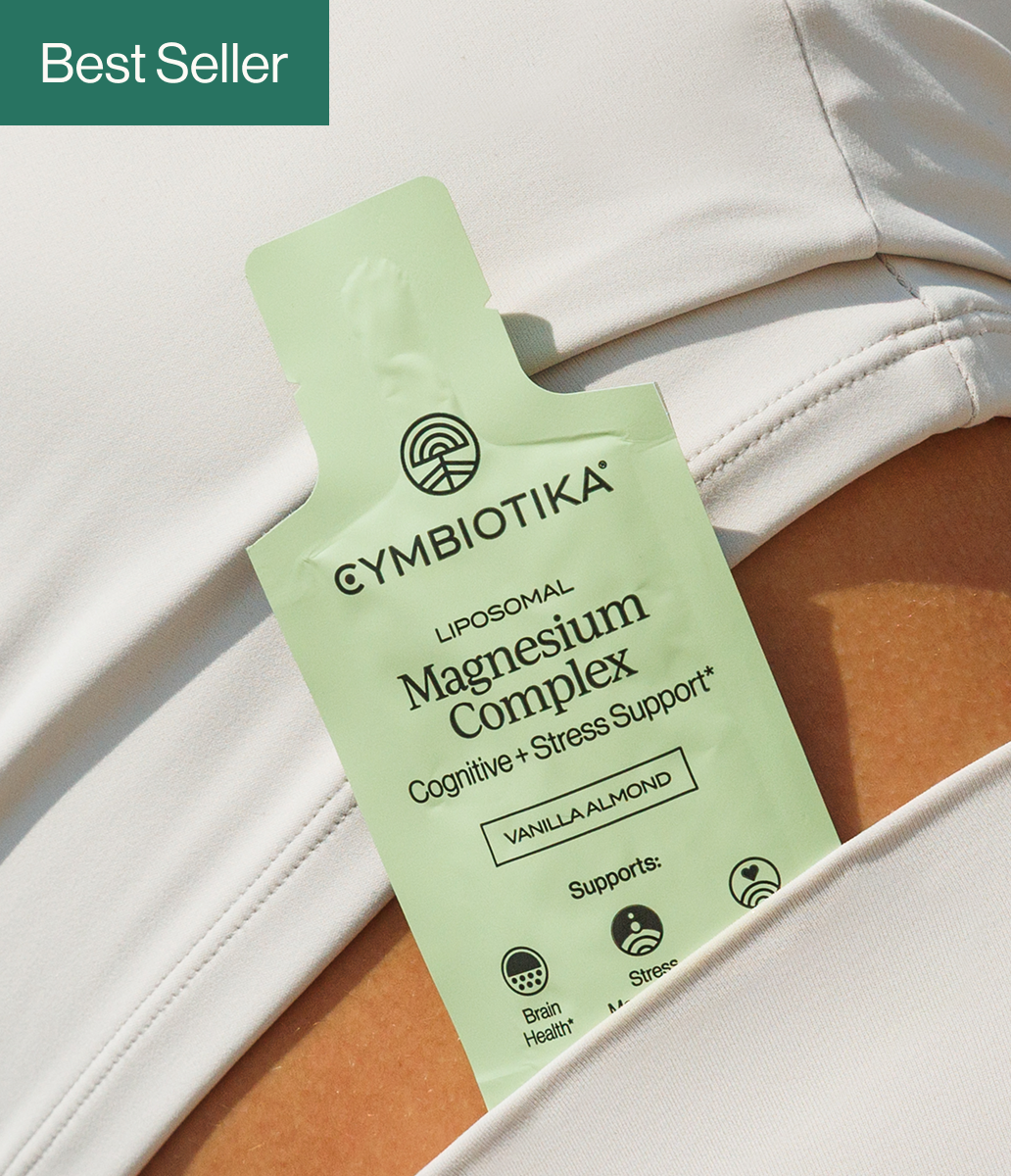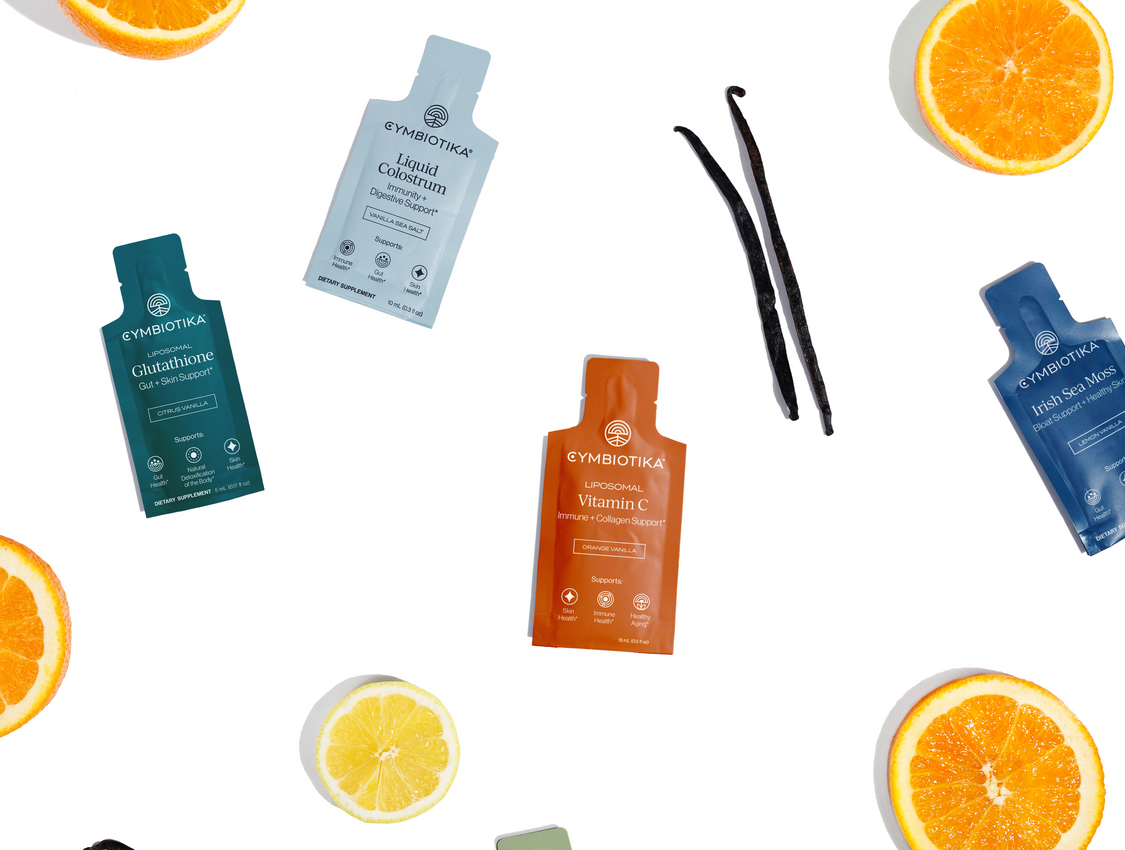
A dietary staple of many cultures for at least two millennia, red yeast rice is a multipurpose food valued for both its nutritional and medicinal uses.
What is red yeast rice? It is a kind of rice that’s been fermented with Monascus. But what are the exact benefits of red yeast rice? Furthermore, how can you incorporate this ancient food into your diet?
In this guide to red yeast rice, we’ll answer both of these questions, focusing on how red yeast rice may help reduce cholesterol, keep inflammation in check, improve bone health, and provide other health-boosting benefits.
Whether you enjoy a bowl of red yeast rice or simply prefer this vital food as an extract, you’ll know exactly how red yeast rice can provide you with immediate and long-term benefits.
The Magical Monascus Purpureus
Like all fermented foods, the production of red yeast rice involves microorganisms.
In the case of red yeast rice, the star of the bacterial show is Monascus purpureus, a microorganism that gives red yeast rice its distinctive scarlet hue. It’s also why red yeast rice can dramatically improve overall health.1
That’s because Monascus purpureus (and other filamentous fungi) produce a powerful anti-cholesterol compound called lovastatin. When found in red yeast rice, lovastatin is referred to as Monacolin K.
Monacolin K: The Cholesterol Crusher
Monacolin K has proven to be a doctor’s cholesterol-fighting dream. When ingested as part of a medicinal regimen, monacolin K has been shown to help prevent the following:2
- High levels of “bad” cholesterol (LDL cholesterol)
- High levels of triglycerides
- Clogged blood vessels
- Inflammation
While the pharmacokinetics of monacolin K can be complex, in short, the compound works by blocking an enzyme the body uses to produce cholesterol.
Red Yeast Rice: Health-Boosting Benefits, Exceptional Taste
Because monacolin K can help reduce total cholesterol, red yeast rice can seriously improve cardiovascular health. Paired with heart health exercises, you can take your heart health to the next level.
Let’s take a look at red yeast rice’s most impactful benefits.
1. May Reduce Your Cholesterol Level
Before diving into monacolin K’s cholesterol-conquering powers, it may be helpful to define cholesterol.
In short, cholesterol is a type of lipid the body needs to build cells, increase hormones, and regulate other body functions.
There are two primary sources of cholesterol:3
While the body certainly needs cholesterol, too much of it can lead to blood clots. These blood clots can, in turn, increase the likelihood of strokes and heart attacks.
By preventing an enzyme from producing too much bad cholesterol, monacolin K can help lower your body’s overall cholesterol levels.4
2. May Keep Inflammation in Check
Although bodily inflammation has many causes, the most common include:
- Medical conditions
- Diet
- Outside irritants or harmful agents
- Oxidative stress
While the monacolin K found in red yeast rice can help with inflammation caused by medical conditions and diet, studies have shown the compound is particularly effective in reducing inflammation caused by oxidative stress.5
Oxidative stress involves an imbalance between the body’s free radicals and antioxidants. If the number of free radicals greatly exceeds the number of antioxidants, the free radicals can start damaging fatty tissue and proteins. Over time, this damage could lead to:
- Chronic inflammation
- Diabetes
- High blood pressure
- Heart disease (even heart attack)
Studies have shown that red yeast rice can help lower these free radicals, reducing chronic inflammation.
3. May Reduce Metabolic Syndrome
Metabolic syndrome is the name given to the group of conditions that significantly increase your chances of having a stroke, developing type 2 diabetes, or developing heart disease. The most common metabolic conditions include:6
Having one or more of these metabolic syndrome conditions doesn’t necessarily mean you’re going to develop a severe medical condition.
However, metabolic syndrome conditions do dramatically increase your chances of developing cardiovascular health problems if left untreated.
Fortunately, many studies suggest the monacolin K found in red yeast rice can help prevent metabolic syndrome conditions—especially high blood sugar due to insulin resistance.7
4. May Improve Bone Health
During the early periods of our lives, our bones constantly grow and regenerate. However, after the age of 30, our bone mass typically reaches peak density. Many people start to lose bone mass after this age.8
While some bone mass loss is normal, an excess amount can lead to osteoporosis, a condition in which the body loses bone mass at a much higher rate than it is created.
Osteoporosis can lead to a host of other medical issues, including:
- Brittle bones
- Stooped posture
- Significant height loss
- Higher chance of breaking bones
The good news is that monacolin K may help prevent conditions associated with osteoporosis. Recent studies performed on rats show a positive connection between increased monacolin K intake and bone density.9
5. May Provide Other Health Benefits
In addition to potentially reducing cholesterol, keeping inflammation in check, preventing metabolic syndrome, and improving bone health, some studies suggest monacolin K may also help treat the following:
Now that you know the benefits of red yeast rice, let’s explore dosages.
Proper Dosages
Although the monacolin K in red yeast rice can be a huge boon to health, it’s important to take the right dosage. That’s because too much red yeast rice could lead to potentially harmful side effects.
Fortunately, the best heart support supplements provide the right dosage every time. What’s more, these supplements combine organic, heart-empowering ingredients like CoQ10 plus red yeast rice.
Dosage requirements also differ based on the purity of the red yeast rice. Some studies suggest you may only need 10 mg of red yeast rice per day if you take a pure extract.11
How to Take Red Yeast Rice
There are two primary ways to take red yeast rice:
- As part of a meal
- As a supplement
Preparing red yeast rice as part of a meal is a delicious and healthy way to receive the benefits of red yeast rice. All you need to do is ferment the rice of your choice with red yeast rice powder.
That said, most red yeast rice on the market doesn’t contain the monacolins needed to lower cholesterol. If you wish to take red yeast rice as part of a meal, make sure you’re also ingesting the right monacolins.
For most people, a supplement containing red yeast rice is the way to go. Sure, you can cook the best food for heart health, but our supplement pouches are fast and convenient. They’re also tasty and full of essential vitamins and minerals.
For the Best in Heart Health, Choose Cymbiotika
A versatile and nutritious food, red yeast rice is a game-changer when it comes to boosting cardiovascular health. Studies suggest it may be particularly effective at lowering cholesterol.
That said, not all red yeast rice products are created equal. We believe in natural ingredients so you can take care of your body from within.
In addition to providing 200 mg of red yeast extract per serving, Cymbiotika’s Heart Health supplement features the following ingredients:
- The powerful antioxidant Coenzyme Q10 (Ubiquinone)
- Organic mango fruit powder
- Organic almond oil
- Vitamin E
By helping to lower serum and cholesterol levels, Cymbiotika’s Hearth Health is an organic and natural way to improve your cardiovascular health.
Your heart is too important to leave to chance. Take charge of your heart health today with Cymbiotika.
Sources:
- ScienceDirect. Monascus purpureus. https://www.sciencedirect.com/topics/agricultural-and-biological-sciences/monascus-purpureus
- Mayo Clinic. Lovastatin (Oral Route). https://www.mayoclinic.org/drugs-supplements/lovastatin-oral-route/side-effects
- xxHeart.org. What is Cholesterol? https://www.heart.org/en/health-topics/cholesterol/about-cholesterol
- NIH. Red Yeast Rice. https://www.nccih.nih.gov/health/red-yeast-rice
- NIH. A red yeast rice-olive extract supplement reduces biomarkers of oxidative stress, OxLDL and Lp-PLA2, in subjects with metabolic syndrome: a randomised, double-blind, placebo-controlled trial. https://www.ncbi.nlm.nih.gov/pmc/articles/PMC5496259/
- Mayo Clinic. Metabolic Syndrome. https://www.mayoclinic.org/diseases-conditions/metabolic-syndrome/symptoms-causes/syc-20351916
- NIH. A nutraceutical combination improves insulin sensitivity in patients with metabolic syndrome. https://pubmed.ncbi.nlm.nih.gov/22451856/
- Mayo Clinic. Osteoporosis. https://www.mayoclinic.org/diseases-conditions/osteoporosis/symptoms-causes/syc-20351968
- ResearchGate. Anti-osteoporosis activity of red yeast rice extract on ovariectomy-induced bone loss in rats. https://www.researchgate.net/publication/281623843_Anti-osteoporosis_activity_of_red_yeast_rice_extract_on_ovariectomy-induced_bone_loss_in_rats
- The American Journal of Cardiology. Effect of Xuezhikang, an Extract From Red Yeast Chinese Rice, on Coronary Events in a Chinese Population With Previous Myocardial Infarction. https://www.ajconline.org/article/S0002-9149(08)00353-6/fulltext
- NIH. Effect of red yeast rice combined with antioxidants on lipid pattern, hs-CRP level, and endothelial function in moderately hypercholesterolemic subjects. https://www.ncbi.nlm.nih.gov/pmc/articles/PMC4770063/
























